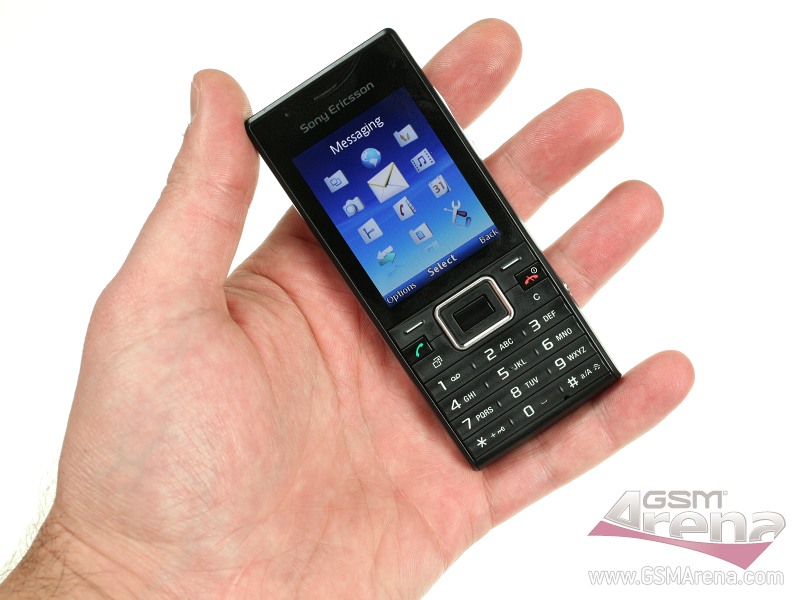Unveiling the Sony Ericsson Elm Features Pricing Pros & Cons

Introduction to Sony Ericsson Elm
Sony Ericsson Elm is a feature phone that was released in March 2010. It was part of Sony Ericsson’s environmentally-friendly “GreenHeart” initiative, which aimed at reducing the company’s carbon footprint through eco-friendly design and packaging. This phone stood out in a market gradually shifting towards smartphones, providing users with a traditional mobile experience packed into a compact design.
Design and Build
The Sony Ericsson Elm features a classic candy bar design, measuring 110 x 45 x 14 mm and weighing just 90 grams. It offers users a sturdy build with a combination of functionality and eco-friendly materials. The device was available in two colors: Metal Black and Pearly Rose. Despite being a feature phone, the Elm includes a comfortable keypad layout and a distinct 5-way navigation key, allowing for easy menu navigation.
Display
The 2.2-inch TFT display offers a resolution of 240 x 320 pixels with a 4:3 ratio, delivering roughly 182 pixels per inch. While small by today’s standards, the screen size was adequate for the basic features and functionalities that the phone offered. The display supports 256K colors, ensuring images and graphics were clear and sufficiently vivid for a feature phone.
Network and Connectivity
Sony Ericsson Elm supports GSM and HSPA network technologies, providing users with 2G and 3G connectivity. It covers multiple bands (GSM 850/900/1800/1900 and HSDPA 2100), ensuring compatibility in various regions. The device also supports HSPA speeds of 7.2/1.8 Mbps, which was impressive for its class. For local connectivity, it features Wi-Fi 802.11 b/g with DLNA, Bluetooth 2.1 with A2DP and EDR, and a USB 2.0 port for connecting to PCs and other devices.
Camera System
The phone is equipped with a single rear 5 MP camera with autofocus capabilities, accompanied by an LED flash. This allows users to capture reasonable photos and videos of up to 480p resolution at 30 frames per second. Although the phone lacks a front-facing camera, the main camera suffices for basic photography needs.
Battery Life
The Sony Ericsson Elm comes with a removable Li-Po 1000 mAh battery (BST-43). It provides up to 336 hours of standby time on 2G and up to 424 hours on 3G. Talk time is rated at up to 4 hours and 30 minutes on 2G and up to 3 hours and 40 minutes on 3G networks, making it a reliable choice for users needing extended battery life on the go.
Audio and Sound
The phone is designed with a built-in loudspeaker and supports a variety of audio formats. However, it lacks a 3.5mm headphone jack, which means users need a proprietary earphone for private listening. The audio quality includes a noise level of -87.2 dB and crosstalk level of -85.9 dB, offering decent sound performance for its time.
Software and Features
Running on a feature phone OS, the Sony Ericsson Elm supports SMS with a threaded view, MMS, Email, Push Email, and Instant Messaging (IM). It integrates an HTML browser (NetFront) and an RSS reader for a versatile communication experience. The device also includes a variety of motion-based and downloadable games, providing entertainment options for users.
It features a suite of sensors including an accelerometer, which supports motion-based functionalities. Additionally, its GPS capabilities are enhanced by A-GPS with Wisepilot navigation software, offering basic navigational assistance to users.
Memory and Storage
The Elm includes internal storage of 280 MB and supports expandable memory through a dedicated microSDHC slot, which allows users to store more media and data. It accommodates up to 1000 phonebook entries with photocall functionality and keeps comprehensive call records, ensuring users can manage contacts and communication effectively.
Environmental Impact
As part of the GreenHeart line, the Sony Ericsson Elm is designed with sustainability in mind. The materials used in the phone and its packaging are recyclable, and the device itself is manufactured to be energy efficient. Sony Ericsson’s commitment to reducing its ecological footprint makes the Elm an attractive option for environmentally-conscious consumers.
Conclusion
In summary, Sony Ericsson Elm offers an appealing package for those looking for a reliable and eco-friendly feature phone. With solid build quality, decent camera performance, and robust connectivity options, it served as a competitive option in a market that was gradually transitioning to smartphones. Though it’s been discontinued, it remains a noteworthy reflection of Sony Ericsson’s commitment to sustainable technology and user-centric design.
Main Features of Sony Ericsson Elm
- Network technology supports GSM and HSPA for better connectivity.
- Lightweight body, weighing only 90g.
- 2.2 inches TFT display with 256K colors for clear viewing.
- Expandable storage via microSDHC card slot.
- 5 MP main camera with autofocus and LED flash for quality photos.
- Wi-Fi connectivity with DLNA support for internet access.
- Includes GPS and A-GPS with Wisepilot navigation.
- Supports a variety of messaging options like Email, MMS, and IM.
- Equipped with an accelerometer sensor for enhanced usability.
- Removable Li-Po 1000 mAh battery for easy replacement.
- Available in two colors: Metal Black and Pearly Rose.
- Includes Stereo FM radio with RDS for entertainment.
Disadvantages of Sony Ericsson Elm
- Discontinued model, released in March 2010, which might affect availability and support.
- Limited 3G support with only HSDPA 2100 band.
- Small display size of 2.2 inches with a low resolution of 240 x 320 pixels.
- No front-facing (selfie) camera available.
- Lacks a 3.5mm headphone jack, limiting audio accessory compatibility.
- Internal memory is limited to 280MB, though expandable via microSDHC.
- Processor speed and capacity may not support modern apps or multitasking well.
- Battery life may be considered short for modern standards, offering up to 4 hours 30 minutes talk time on 2G.











View Also
More Phones
All Rights Reserved +13924 Phones © Mobilawy 2025

























